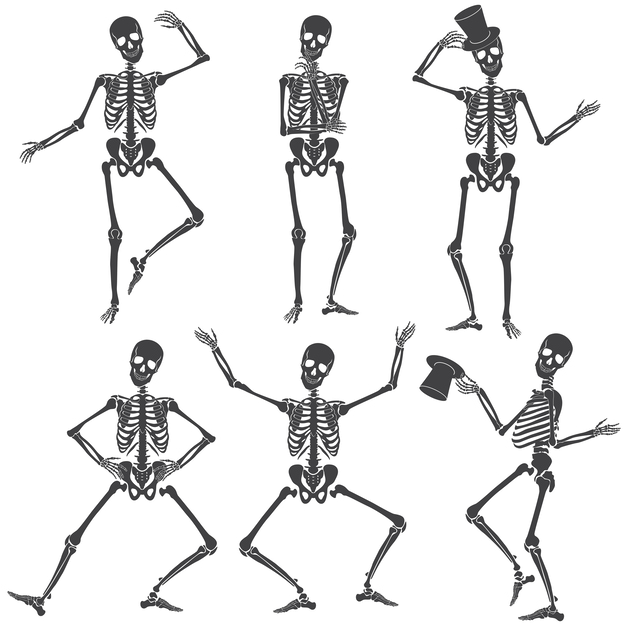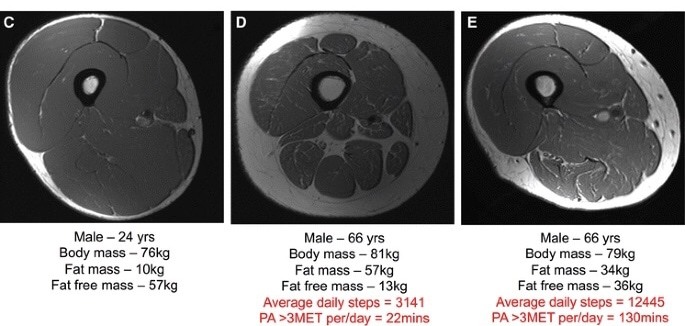Bones, Balance, and A Bit of Sass: Looking After Your Frame After 50

Bones, Balance and A Bit of Sass
Let’s talk about bones– our glorious, living, breathing structure that helps keep us tall, carries us through life, and definately needs a little love as we get older.
Because whether your’re post-menopausal, post-treatment, or just pondering whether you can still touch your toes (I am sure you can, or almost anyway), your bones are still very much in the game.
So grab a cuppa, and let’s lift the lid on bones, balance, and a bit of brilliantly supportive movement for women 50 plus and fabulous.

What Happens to Bones as We Get Older?
Once oestrogen starts it’s grand exit during menopause, bone density can decline sharply. Women can lose as much as 20% of their bones in the early years after menopause (Royal Society Osteoporosis).
That means the structure beneath our skin, the stuff we can’t see gets a bit more brittle– and without the right support, risk of osteoporosis or fracture goes up.
But this isn’t a doom-and-gloom story. It’s a you’ve-got-this moment. Because we can do a lot to keep our bones strong, our posture proud, and our joints juicy. Those of you doing my 12 week Pilates for balance and strength are already kicking ass. I know I moan, but I am like a proud mumma watching you all with your weights, bands and balance pads. I can see a difference.
Sylvia in just two weeks of using the balance pads, the improvement in your balance and stability is absolutely incredible– do not let my moaning put you off. ![]()
The Big Bone Boosters
Here is what really helps:
1) Weight-bearing movement– we are not talking deadlifts at dawn– well unless you fancy that. Even brisk walking, pilates (with a bit of our added sass), stair climbing, and dancing around the kitchen will help. Movement loads the bones and that tells them to stay strong.
“Bones love a bit of pressure. Not too much– just enough to remind them they are needed.”
2) Balance and Coordination– Falls are a very real worry with fragile bones. Prctising balance isn’t just for pretty poses in Pilates and Yoga– it is essential for every woman over 50. Try standing on one leg while brushing your teeth.
• The Flamingo stand test – NHS England say – you should be able to stand on one leg continuously for:
• 43 secs – aged 18-39
• 40 secs – aged 40-49
• 37 secs – aged 50-59
• 30 secs – aged 60-69
• 18-19 secs – aged 70-79
• a little over 5 secs if you are over 80
This is my call to action for each of you reading this blog – Stand on one leg now and post a comment of how long you can do it for and if it fits your age and then practice standing on one leg and other balance exercises for one month. Please come back and post a comment of how long you can do it for after practice and any other things that you have noticed from doing such a simple exercise. No cheating, be honest. Lets see where we all are
3) Muscle strength– Muscle = Protection. The stronger your muscles, the more support your joints and bones have. Pilates, resistance bands, even tins of beans if that is what you have handy! Put them where you can see them and use them.
4) Posture work– No one wants the hunched look. Gentle spinal mobility, working the core, opening the chest will keep you standing tall– and breathing better. Why not practice one minute of standing with your back against the wall every single day, it will help as a reminder of what you need to do to improve your posture and you may notice changes over a month.
Nutrition
You don’t need a superfood prescription:
• Calcium (Yoghurt, sardines, leafy greens)
• Vitamin D (sunlight + supplements if needed)
• Protein (to support muscle and bone repair)
• It might be worth chatting to your GP, nurse or nutritionist before adding anything new
You can read my smoothie power blog for more information
Oh yes– caffeine and fizz in moderation please.
Let’s Debunk Some Myths
“It’s too late for me.” – Sorry, nope. Bones respond to demand at any age.
“I need to go th the gym every day and dealift heavy weights.” – No, that is not true. Around 150 minutes of exercise each week. Mix it up, and 2-3 short guided resistance sessions can make a real difference.
“If I don’t feel pain, my bones must be fine.” – Osteoporosis is often silent, the first sign being when a fracture occurs. Prevention is key
Look at this image which is taken from this research (2016) that I urge you to read (the title says it all really) – Live Strong and Prosper: the importance of skeletal muscle for healthy ageing.
Look at the step count and exercise time.

“You’re not fragile– you’re adaptable. And movement is your secret superpower.”
How Can I Help
You can join us on our 12 week pilates and resistance training sessions all online. We do 4 sessions a week that include resistance, balance, posture and some pilates flow.
If you would like to join us or chat, message me fi@therapyinmotion.co

Fiona April 21 2025 – standing on right foot can stand for 10 seconds, on the left foot 7 seconds! That was my damaged ankle.
(There are 2 comments on spelling — front page 1 ECCELERATATE do you mean ACCELERATE? In Bones 2) Prctising should read Practising?
OMG – clearly I had not read it all correctly. Keep going as I can see the difference already
I can stand on my right leg for 51 seconds comfortably (just got bored) but only 26 wobbly seconds on my left leg(stroke side.) I could stand on my left leg after the stroke and so 26 seconds is quite a triumph for me. I’m still working on getting both legs equal.
70% of women are unaware they have osteoporosis is a worrying figure isn’t it? How do you find out if you have it or is is a case of waiting till you fall and break a bone?
This is a great article.
Jackie
Jackie that is a brilliant result for standing on one leg. I also loved you thoughts on osteoporosis and fractures and will answer this in a blog post. Thanks for your comments and thoughts, I am sure many others have the same thoughts.